 | |||
|
| Home > Public Information > ING Annual Reports > 2002-2003 > Chapter 2. Operation, Maintenance and Enhancements |
 | |||
|
| Home > Public Information > ING Annual Reports > 2002-2003 > Chapter 2. Operation, Maintenance and Enhancements |
Other available formats: PDF
Chapter 2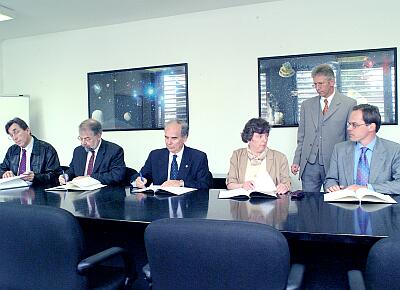
|
| Figure 1. Signing of agreement between ING
and IAC. [ JPEG | TIFF
] |
| 2001 | 2002 | 2003 | 2004 | 2005+ | |
|---|---|---|---|---|---|
| UK | 60.0 | 54.0 | 50.0 | 48.9 | 47.6 |
| NL | 15.0 | 15.0 | 15.9 | 17.0 | 18.3 |
| Spain | 0.0 | 6.0 | 9.1 | 9.1 | 9.1 |
| Site contribution |
20.0 | 20.0 | 20.0 | 20.0 | 20.0 |
| CCI | 5.0 | 5.0 | 5.0 | 5.0 | 5.0 |
| Total | 100.0 | 100.0 | 100.0 | 100.0 | 100.0 |
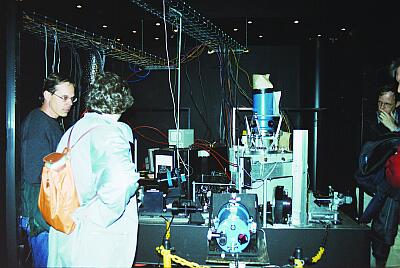
|
| Figure 2. Inside GRACE during its inauguration.
[ JPEG | TIFF ] |
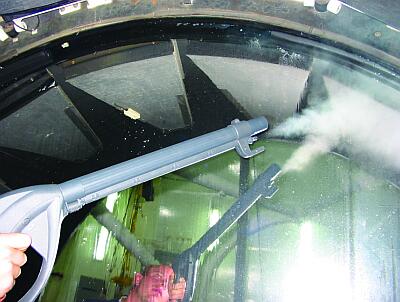
|
| Figure 3. Vapour mirror cleaning. [ JPEG | TIFF ] |
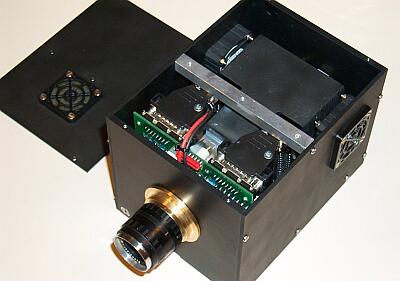
|
| Figure 4. Picture of one of the new CCD acquisition
cameras. [ JPEG | TIFF ] |
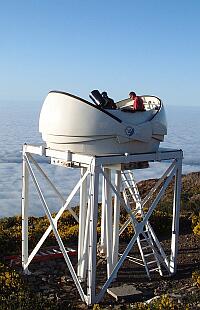
|
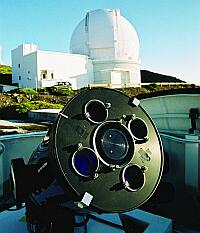
|
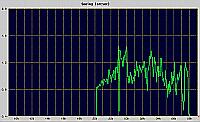
|
| Figure 5. Left: RoboDIMM tower and
dome. [ JPEG | TIFF ]
Middle: telescope. [ JPEG | TIFF
] Right: typical seeing plot from a single day. RoboDIMM is situated some
meters north of the WHT. [ JPEG | TIFF ] |
||
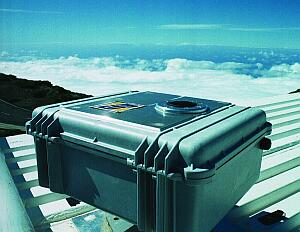
|
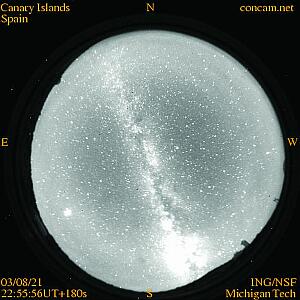
|
| Figure 6. CONCAM camera [ JPEG | TIFF ] and a typical
night all-sky image. [ JPEG | TIFF ] |
|
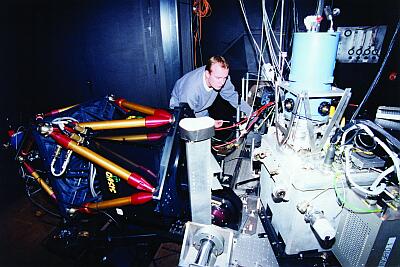
|
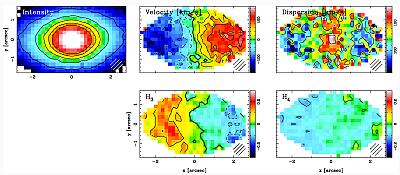
|
| Figure 7. OASIS joins NAOMI in WHT’s
AO-dedicated, temperature-controlled Nasmyth enclosure, GRACE. The IR camera
INGRID is visible in the foreground on the right. [ JPEG | TIFF ] OASIS stellar
kinematical maps of NGC 3377 (Copin et al., 2004, A&A, 415,
889). [ JPEG | TIFF ] |
|
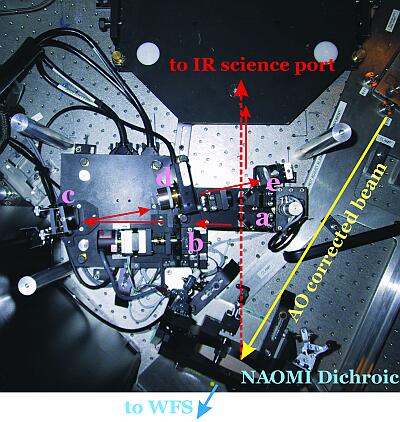
|
| Figure 8. OSCA on the NAOMI bench. The light path
is indicated by the arrows. The dashed red line shows the lightpath without
OSCA. (a) OSCA picks up the converging beam coming from NAOMI and directs
it onto the focal plane masks (b) and then onto the first off axis paraboloid
(c). The beam leaves OSCA via an optical system (d) which conserves the focal
point and f-ratio of the NAOMI beam. [ JPEG | TIFF ] |
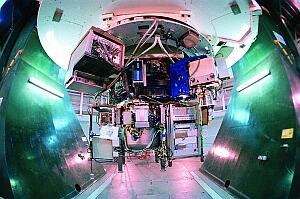
|
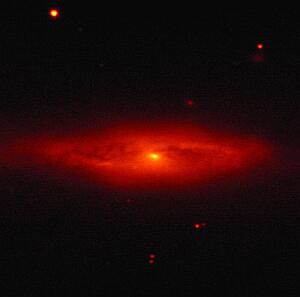
|
| Figure 9. LIRIS mounted on the WHT
Cassegrain focus. LIRIS cryostat can be seen at the bottom of the telescope
focus, with the two electronics racks at both sides. [ JPEG | TIFF ] First light image of the
Seyfert 2 galaxy NGC4388 observed in the J filter. Note the very bright active
nucleus and the patchy structure of the spiral arms, revealing the presence
of obscuring dust lanes. [ JPEG
| TIFF ] |
|
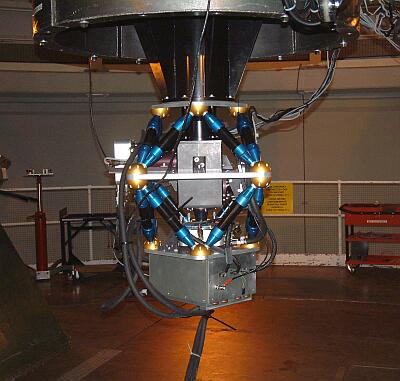
|
| Figure 10. ULTRACAM on the WHT. [ JPEG | TIFF ] |
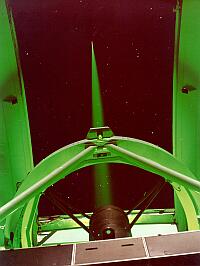
|
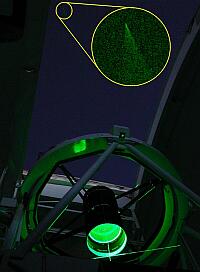
|
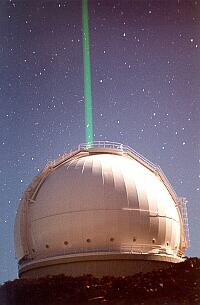
|
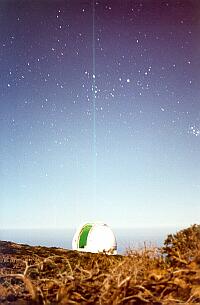
|
| Figure 11. Different
views of the Rayleigh laser launch. |
|
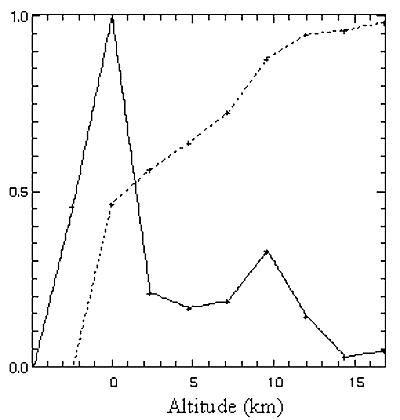
|
| Figure 12. Example SLODAR normalised profile of
the strength of optical turbulence versus altitude on 16 April, 2003. [ JPEG | TIFF ] |
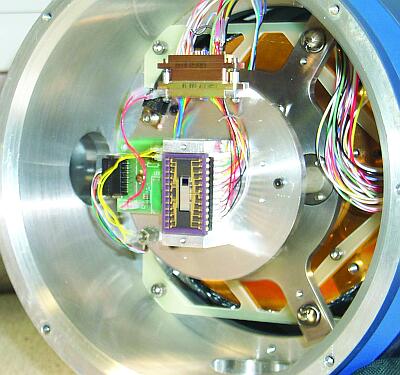
|
| Figure 13. One of ING’s L3 CCD. [ JPEG | TIFF ] |

|
| Figure 14. ISIS image slicer and needle for reference.
[ JPEG | TIFF ] |
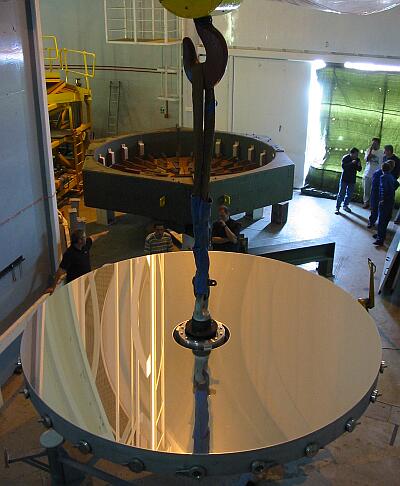
|
| Figure 15. Part of aluminisation process of TNG’s
primary mirror at ING. [ JPEG
| TIFF ] |
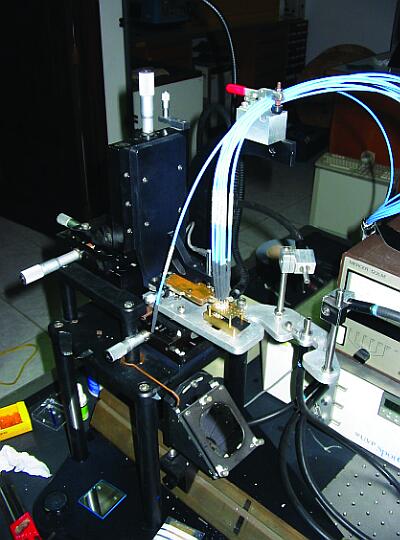
|
| Figure 16. bHROS fibres being glued on base plate.
[ JPEG | TIFF ] |
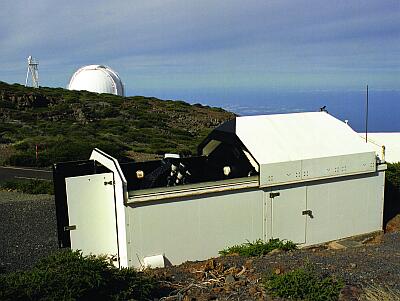
|
| Figure 17. SUPERWASP enclosure. [ JPEG | TIFF ] |